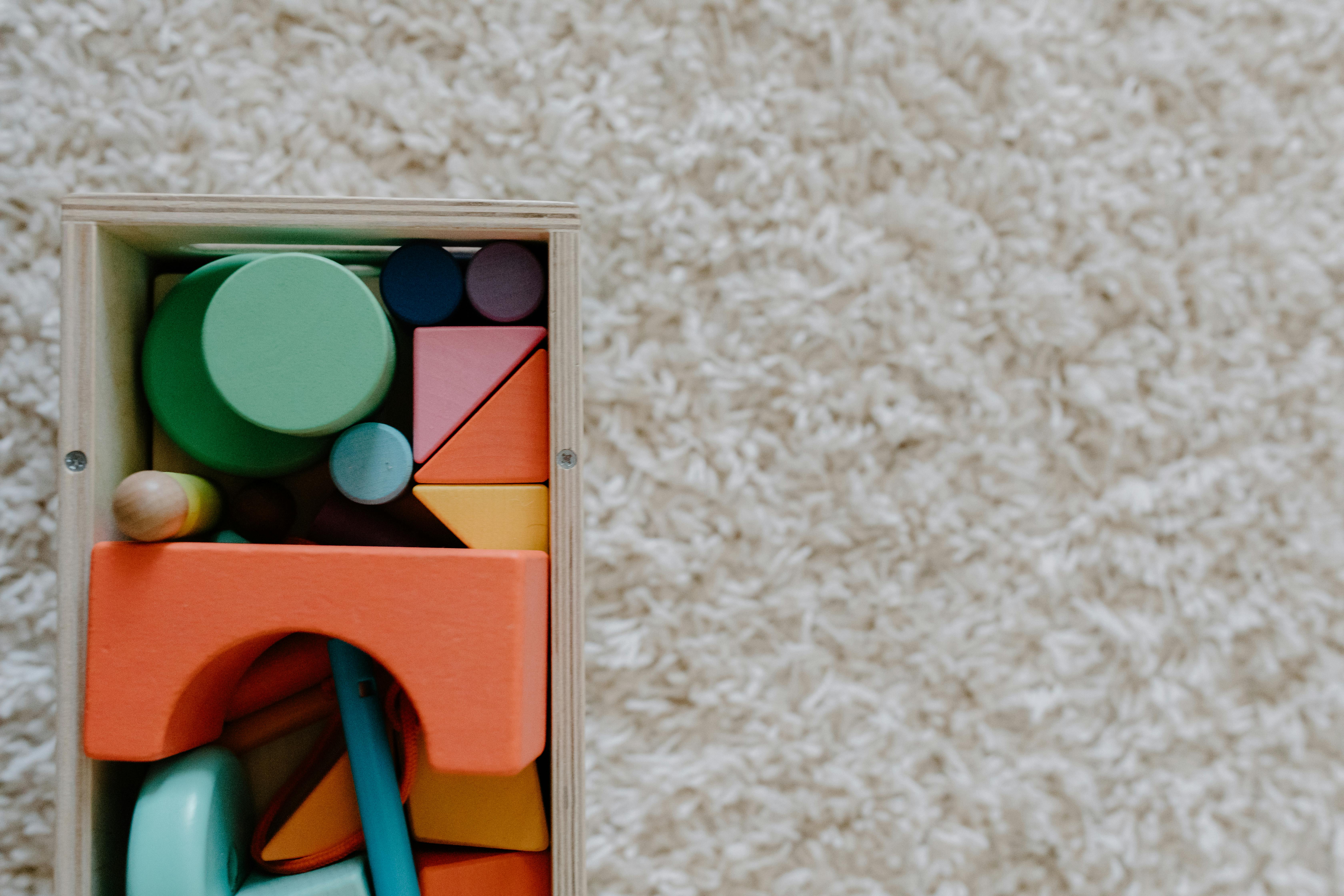🧼 Soapy Squish Time
🎯 Target Skills
- Tactile exploration
- Cause and effect understanding
- Language through sound imitation (“pop!” “squish!”)
🧰 Materials
- Small basin with warm water and baby-safe soap
- Sponges or soft cloths
- Plastic toys or measuring cups
- Household alternatives: silicone cupcake liners, plastic lids, loofahs, spoons
👣 Step-by-Step
- Fill a small tub with warm, bubbly water 🫧
- Place it on a towel on the floor or highchair tray
- Offer your baby a sponge or soft cloth to explore
- Gently demonstrate squeezing it — “Squish squish!”
- Drop in a toy or cup for them to splash with
- Describe what’s happening with simple words: “wet,” “bubbly,” “soft”
- Let baby explore for 10–15 mins (supervised!)
- Optional: repeat with cooler water for contrast
🤗 Parent/Caregiver Guidance
Talk about everything! “Ooh, that’s squishy!” “Let’s squeeze this together!” Follow their lead, use big expressions, and react to their discoveries with joy. They’ll learn from your face and tone as much as the activity itself!
🧠 Why This Helps
Early tactile play helps babies make sense of their world through touch and movement. It builds language, curiosity, and confidence. Water play also calms the nervous system—bonus! 😊
📚 Research Foundation
- Piaget’s Sensorimotor Stage – learning through physical interaction
- Montessori – hands-on exploration fosters focus and calm
- Studies on water play and emotional regulation in infants
🍚 Texture Treasure Hunt
🎯 Target Skills
- Sensory exploration
- Grip and release (fine motor)
- Object permanence
🧰 Materials
- Tray or container with dry rice or lentils
- Small plastic animals or toys
- Measuring cups or scoops
- Household alternatives: oats, cotton balls, dry pasta, cereal
👣 Step-by-Step
- Fill a low container with a few cups of rice or similar base
- Hide 2–3 small toys underneath
- Offer baby a scoop and help them dig around 👋
- Model searching: “Where’s the duck?”
- When found, celebrate! “You found it!”
- Let them scoop, pour, grab and drop the textures
- Rotate textures on different days (e.g., cotton balls)
- Always supervise closely during play
🤗 Parent/Caregiver Guidance
Use simple words to name what they feel and find. Stay close and encourage discovery with smiles and repetition. Say things like “soft,” “scratchy,” or “Oh! You heard it drop!”
🧠 Why This Helps
Feeling different textures and searching for objects helps babies learn cause and effect, build hand control, and start forming word associations with their senses.
📚 Research Foundation
- Maria Montessori – sensory-rich environments support brain growth
- Heuristic play theory – babies learn best when they explore
- Research on multisensory development in infants (Bahrick & Lickliter)
🧤 Texture Mitts Magic
🎯 Target Skills
- Touch awareness
- Hand-eye coordination
- Body part identification (“hand,” “finger”)
🧰 Materials
- Adult socks or mittens
- Different textured fabrics (felt, fleece, tinfoil, satin)
- Glue or safety pins (supervised use!)
- Household alternatives: old dishcloths, dryer sheets, velcro, bubble wrap
👣 Step-by-Step
- Attach small fabric patches to mittens or socks
- Slip one onto baby’s hand, then switch to the other
- Touch different objects and describe the feel
- Let baby crawl around wearing the texture mitts
- Gently guide them to pat, swipe, and tap surfaces
- Say “Ooh, soft!” or “Scratchy one!” to reinforce
- Encourage clapping or rubbing hands together
- End with a snuggle and label textures again
🤗 Parent/Caregiver Guidance
Keep the tone playful! Babies love your voice. Use high energy or soothing tones depending on how your child responds, and let them guide the pace.
🧠 Why This Helps
Babies learn through movement and touch. These mitts encourage body awareness, language learning, and sensory integration—all through everyday play.
📚 Research Foundation
- Attachment Theory – learning is enhanced by secure interaction
- Sensory Integration Theory – early texture play supports future coordination
- Montessori tactile learning strategies
.svg)
